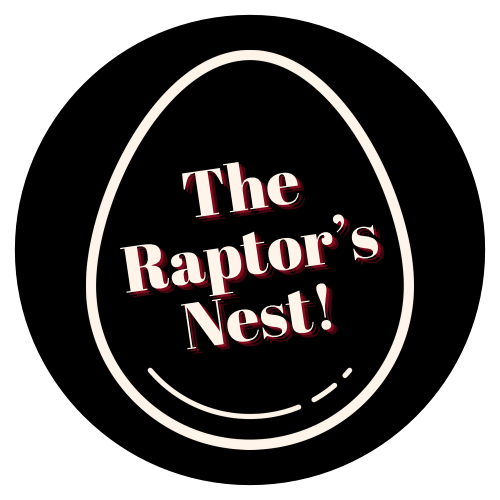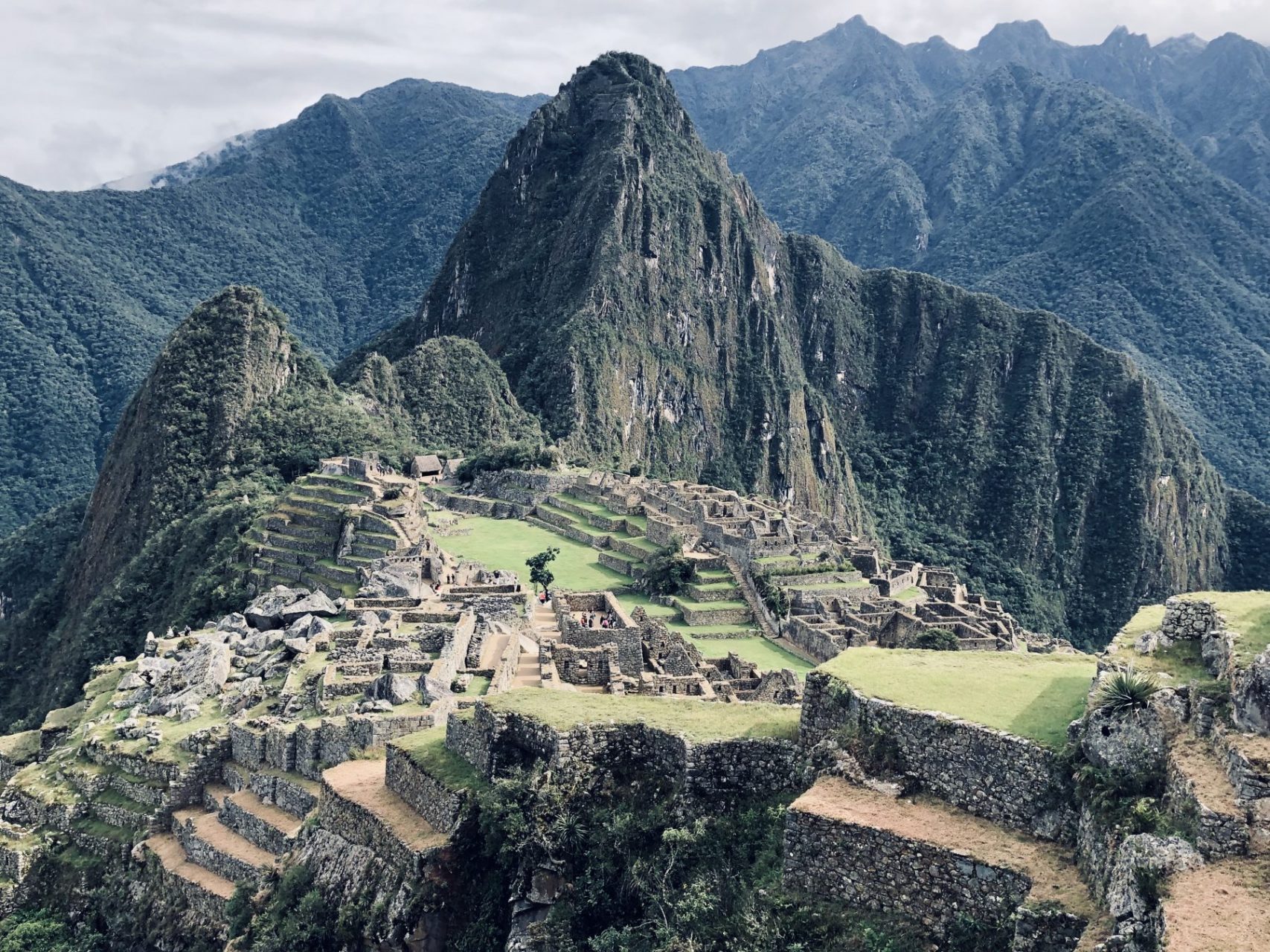In March 2019, I had the opportunity to visit Peru with 12 other Rutgers students. This trip was part of the Rutgersؙ—Camden Learning Abroad program that takes place every Spring semester. For 9 days, our group of students and faculty members toured the Andean region of Peru to learn about the culture, traditions, and history of the Inca Empire and other civilizations that have inhabited this unique region. This photo journal is a reflection of my experience traveling around Peru and visiting some of the most intriguing and extraordinary landmarks of the world.
Day One.
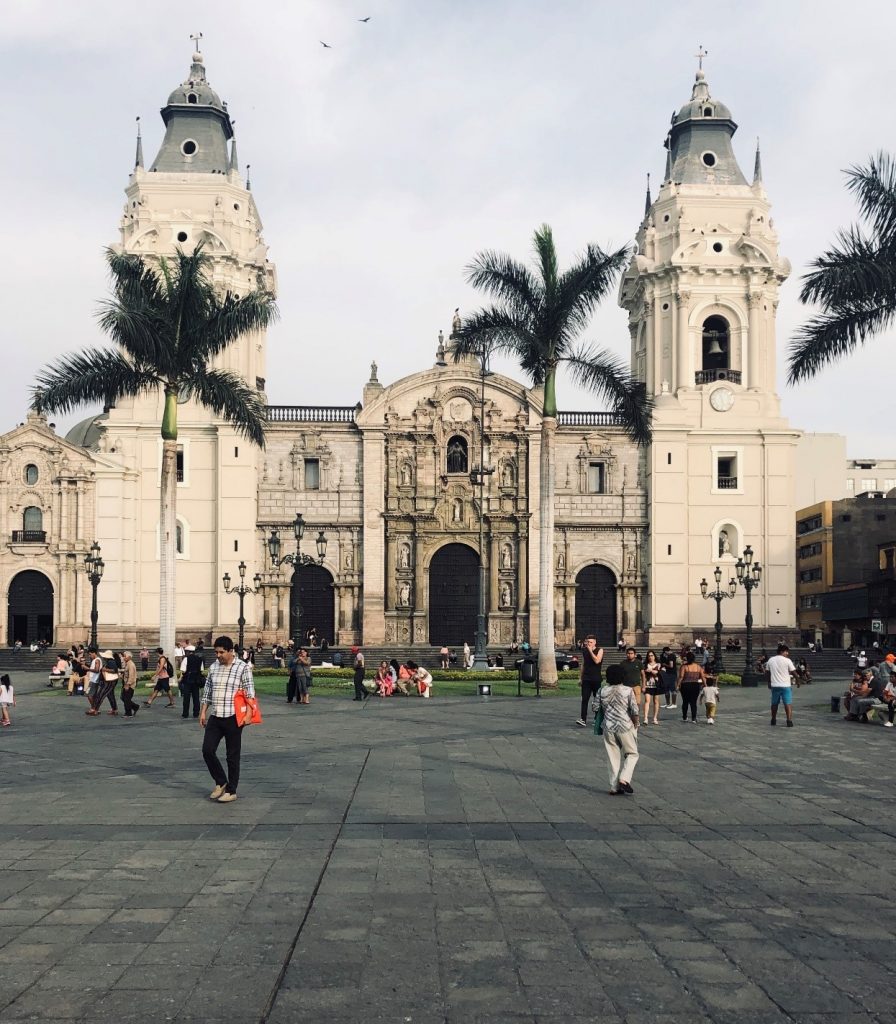
After taking a 7-hour flight from JFK airport, we landed in Lima, the capital and largest city of Peru. During our stay in Lima, we visited the most important sites within the Historic Centre of the city like the Cathedral, the government palace, the city hall, and the pre-Incan ruins of Huaca Pucllana. After touring the center of Lima, we visited the modern section of the capital and stayed overnight in a hotel located in the district of Miraflores. One of my favorite parts of our stay in Lima was visiting the catacombs of the Convent of San Francisco. The catacombs were kind of spooky, but it was something fascinating to see.
Day Two.
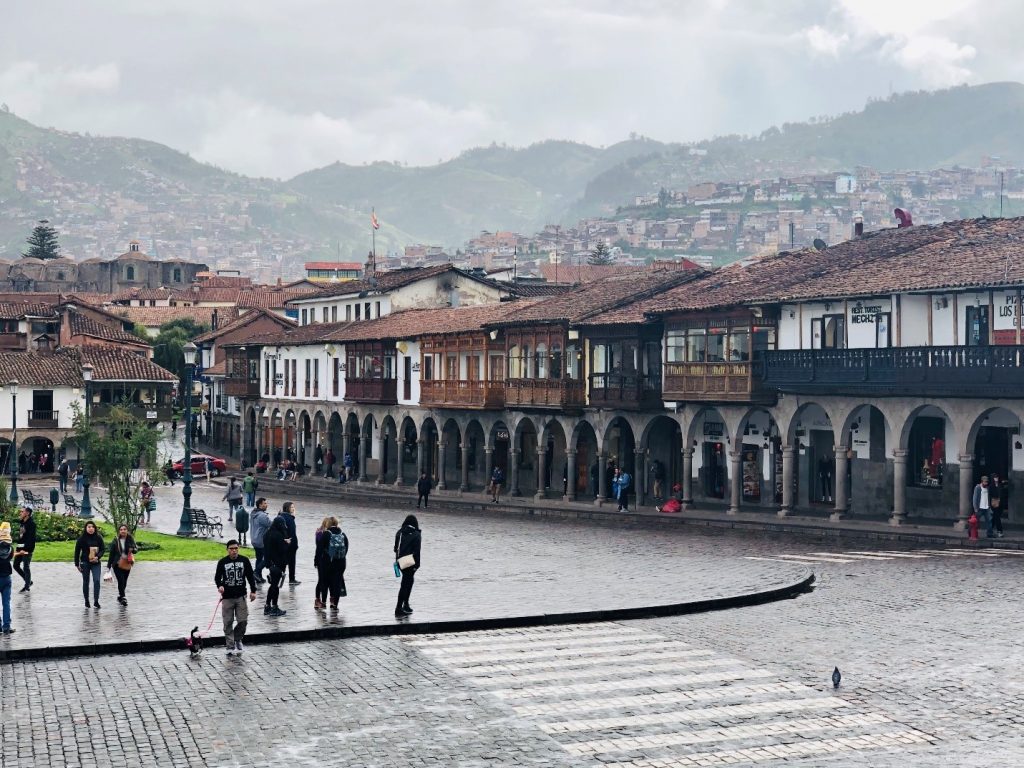
We arrived at Cusco, a city located 11,150 ft above the sea level in the Andean region of Peru. Cusco was the capital of the Incan Empire, and it is one of the oldest continuously inhabited cities in the Western Hemisphere. On our first day in Cusco, we visited the famous Stone of the Twelve Angles and the Temple of Qorikancha, which was the most important place of worship in the Incan Empire. At the end of the day, we headed over to the main square of Cusco, where we ate a delicious dinner at a local restaurant.
Day Three.
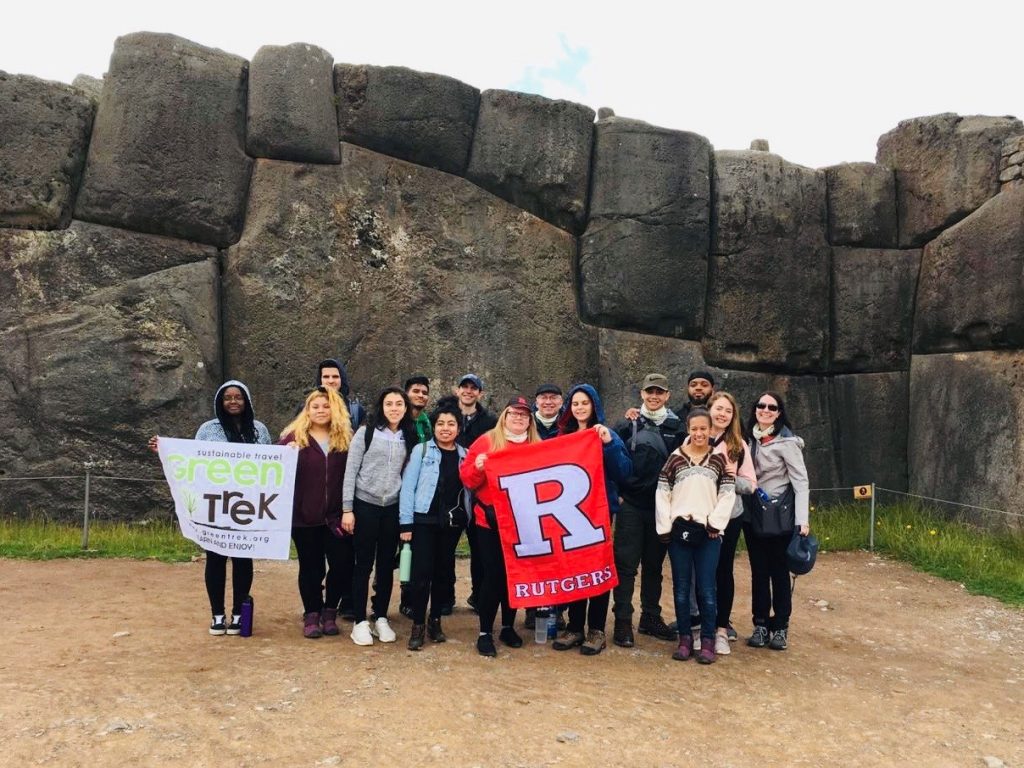
Our second day in Cusco was full of Incan history as we visited three of the most important pre-Columbian archeological sites of the city, including the citadel of Sacsayhuaman and the temples of Qenqo and Tambomachay.
Day Four.
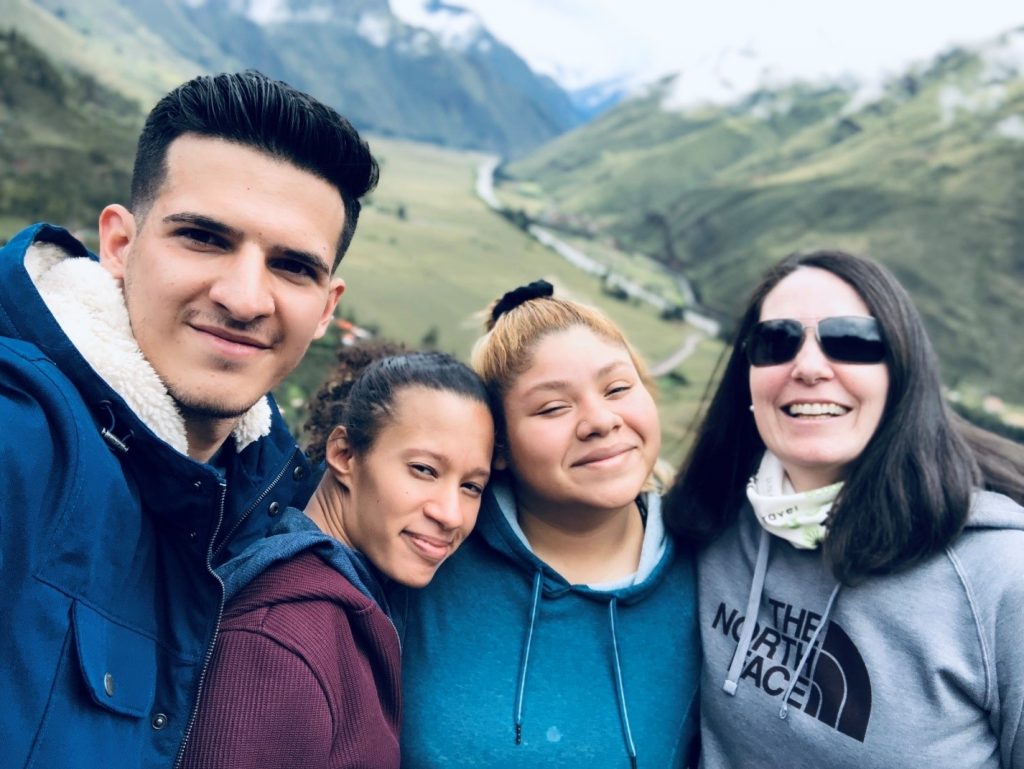
We left Cusco and headed towards the Sacred Valley, which was the agrarian center of the Inca Empire, and it’s full of archeological sites like the impressive agricultural terraces. In the valley, we visited the ancient towns of Pisac and Ollantaytambo and a local llama farm. From Ollantaytambo, we took a train to the city of Aguas Calientes to visit Machu Picchu the next day.
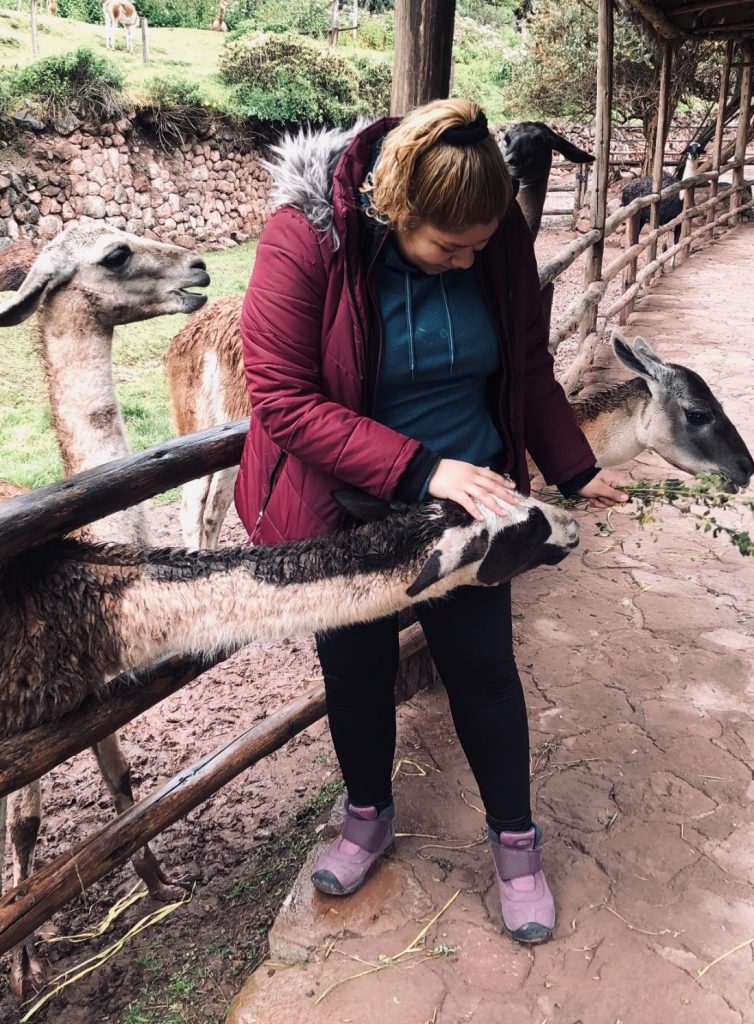
Day Five.
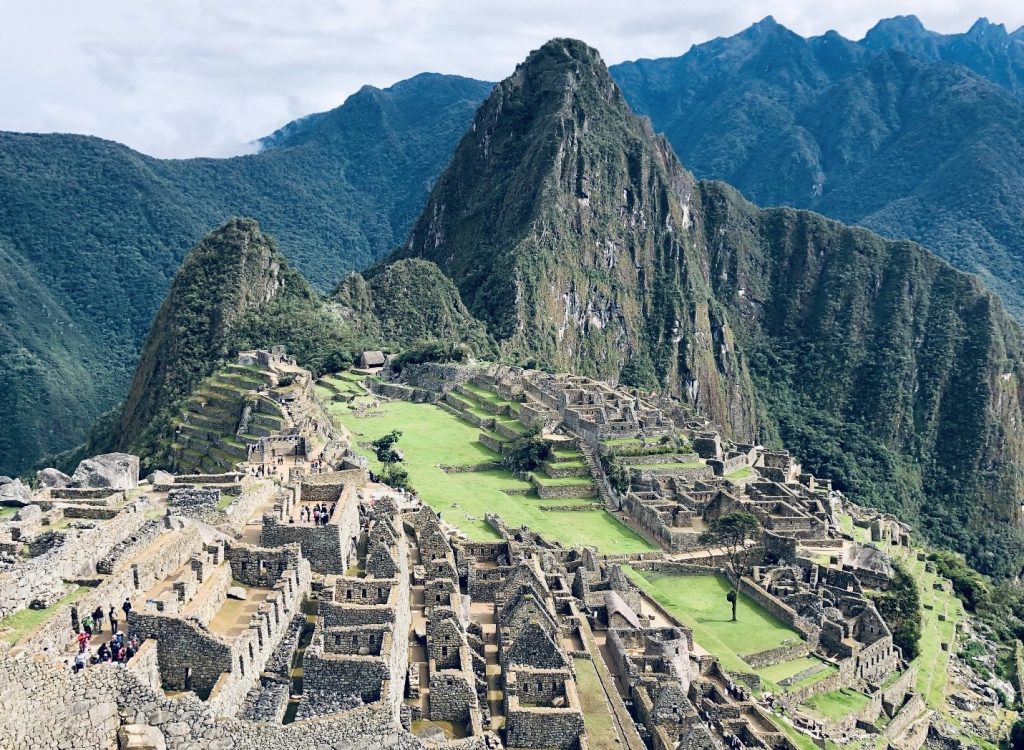
We woke up early in the morning and took a bus towards Machu Picchu, where we spent a total of four hours touring the different temples and buildings of the Lost City of the Incas. Machu Picchu was definitively the best part of the trip. I would never forget the energy and excitement everyone felt when we saw the legendary citadel for the first time. The view of Machu Picchu was so astonishing that I took more than 500 pictures that day!
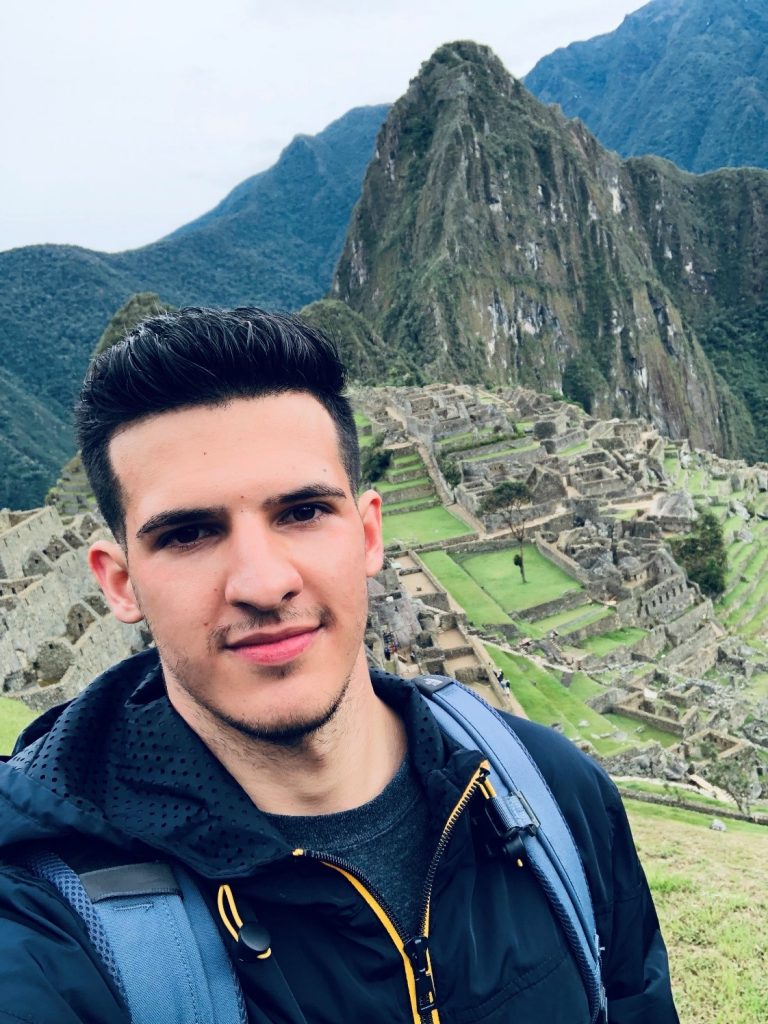
Day Six.
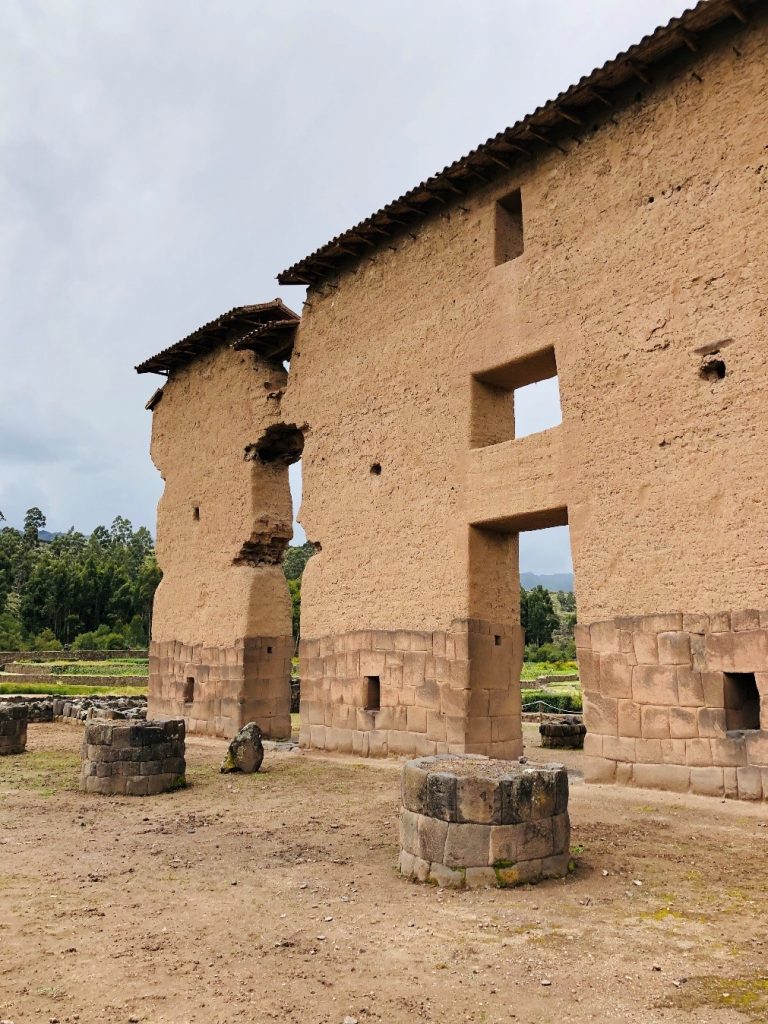
The next day we took a bus and drove for 10 hours to Puno, a city on the shore of Lake Titicaca. In our way to Puno, we visited the Andahuaylillas church (known as The Sistine Chapel of the Americas) and the archaeological site of Raqchi, where we explored the ruins of Temple of Wiracocha (the Incan deity of the sun).
Day Seven.
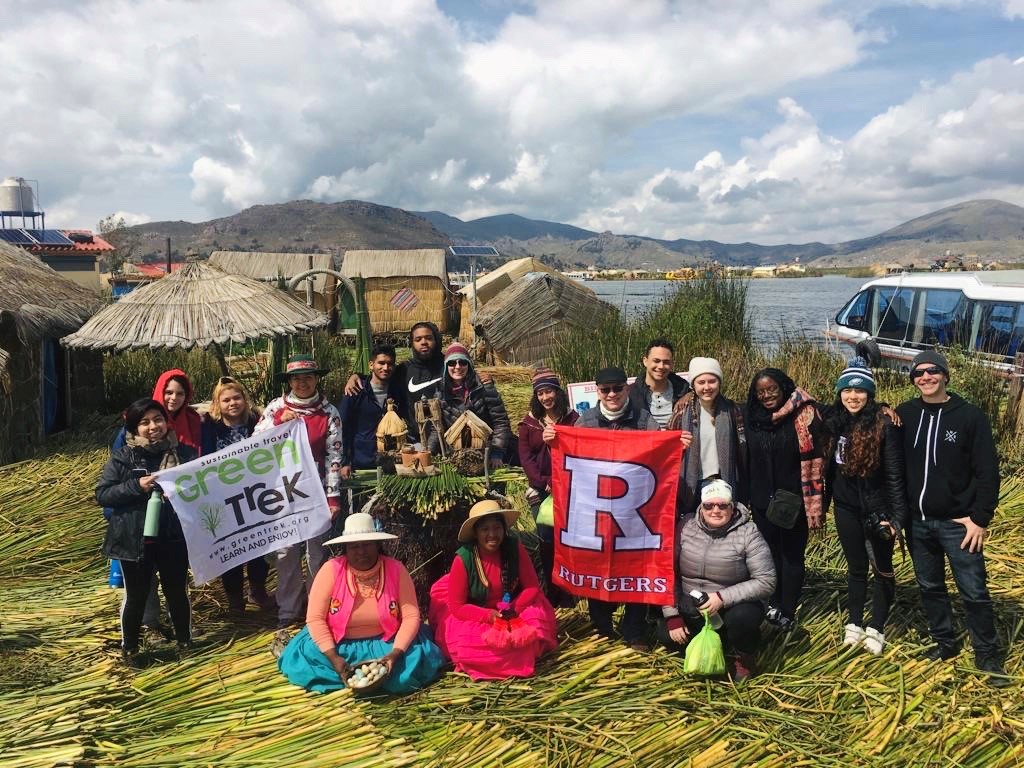
After spending the night in Puno, we took a boat the next morning to tour Lake Titicaca. With 12,500 ft above the sea level, the lake is the highest navigable body of water in the world. In the lake, we visited the famous floating islands of the Uros people, which are an indigenous community of 5000 people that have inhabited for centuries in islands made out of reed. Towards the end of the day, we arrived at Amantani Island, where we stayed overnight with a group of native families who welcomed us in their houses and offered us dinner.
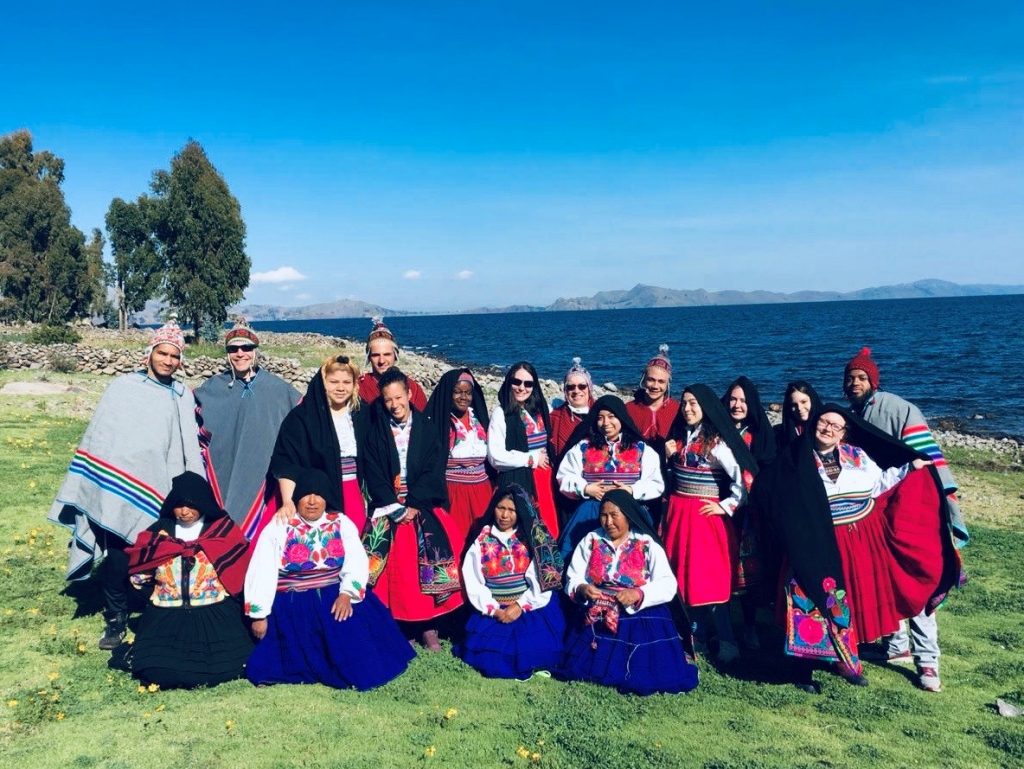
Day Eight.
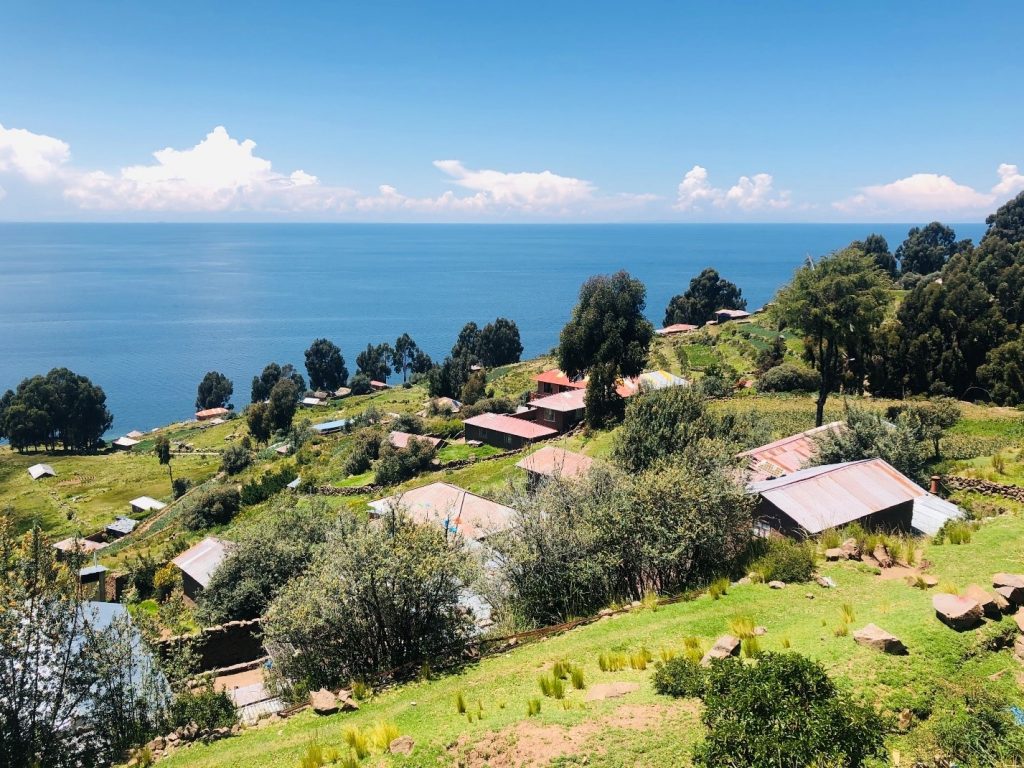
In the morning, we said goodbye to our families and departed towards Taquile Island. In Taquile, we learned more about the Quechua culture and the weaving tradition of the island, which was declared Intangible Cultural Heritage of Humanity by UNESCO. After exploring the island and enjoying a typical meal in a local restaurant, we sailed to Puno, where we stayed another night.
Day Nine.
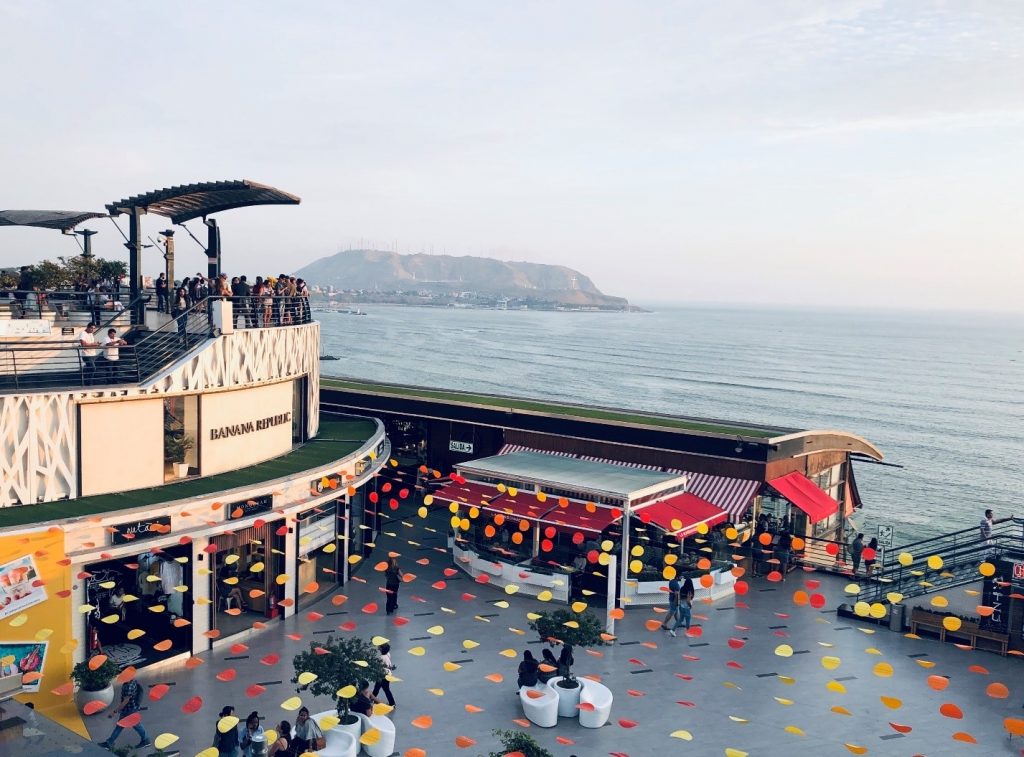
On our last day in Peru, we did some shopping in local markets around Puno and took a flight back to Lima. In the capital, we spent the day touring the bohemian district of the city and some of its main landmarks. Before departing towards the airport to go home, our tour guide surprised us with a visit to the beach where we stayed for the rest of the afternoon.
Written by Cris P., a Rutgers—Camden Undergraduate Student and Raptor Ambassador.
